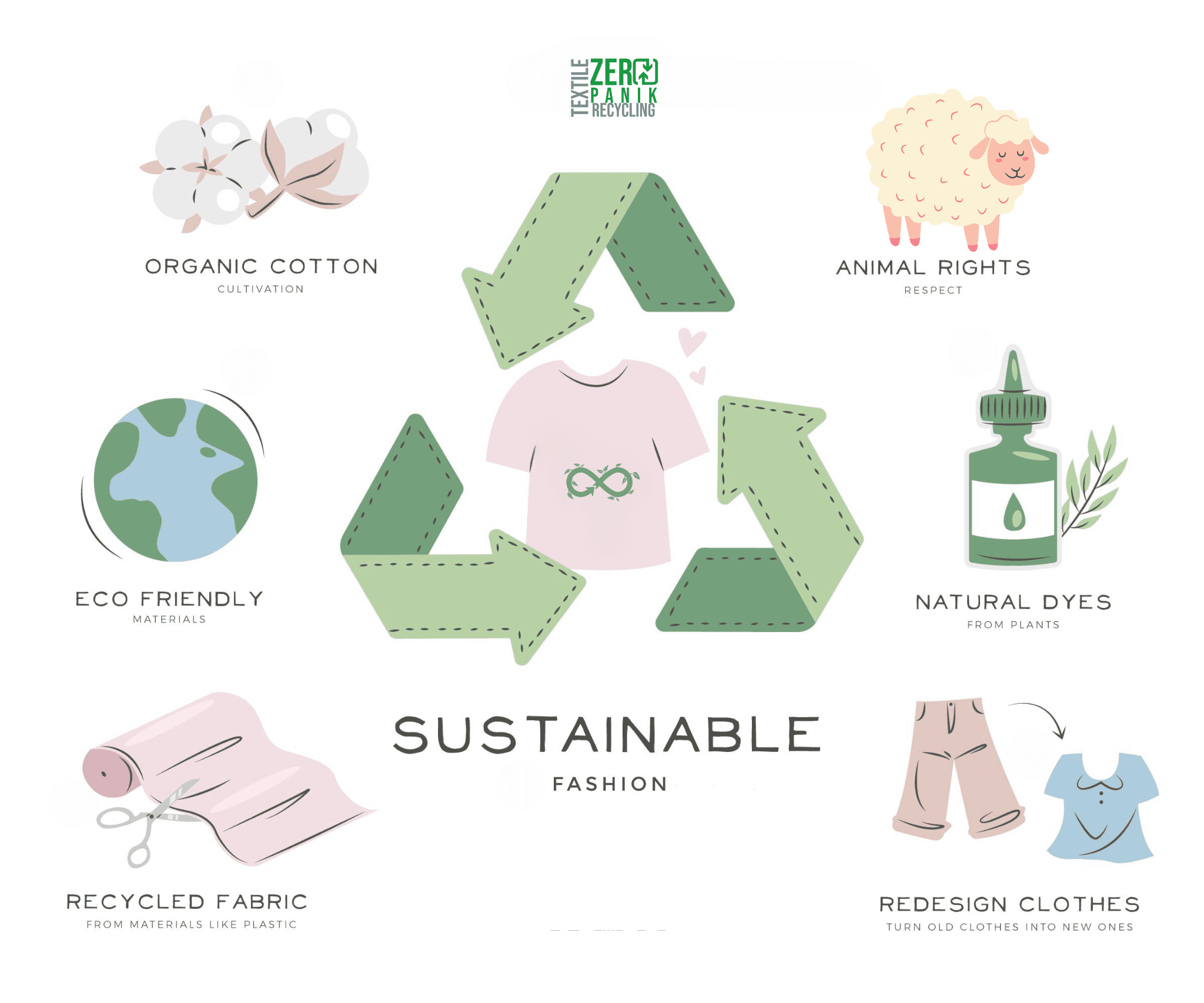
Introduction
The textile industry is one of the largest and most resource-intensive industries in the world, with a significant impact on the environment and global economies. As concerns about climate change and resource depletion continue to grow, there is a pressing need for sustainability in the textile industry. This article delves into the role of technology in driving change and fostering a more sustainable future for the textile industry. From innovative materials to improved manufacturing processes, technology is playing a crucial role in reducing the industry’s environmental footprint and meeting the demands of conscious consumers. Explore the importance of sustainability in the textile industry and how technology is shaping its future.
The urgency of sustainability in the textile industry
The urgency for sustainability in the textile industry cannot be overstated. As the detrimental environmental impact of fast fashion and wasteful production practices becomes more apparent, stakeholders are recognizing the need for immediate action. From water pollution to carbon emissions, the textile industry contributes significantly to global environmental issues. Embracing sustainable practices and integrating innovative technologies is crucial for mitigating these harmful effects. By prioritizing sustainability, companies can not only reduce their ecological footprint but also appeal to an increasingly eco-conscious consumer base. The textile industry must proactively address sustainability challenges to ensure a viable and responsible future for the sector.
The role of technology in driving sustainable practices
Technology plays a pivotal role in transforming the textile industry towards sustainability. Innovations such as water-saving dyeing processes, recycled materials, and blockchain traceability are revolutionizing production methods. These advancements not only reduce environmental impact but also enhance efficiency and transparency within the supply chain. Leveraging technology enables companies to track and improve their sustainability performance, driving continuous improvement and accountability. By embracing these technological solutions, the textile industry can move towards a more sustainable future while meeting the growing demand for eco-friendly products. Stay tuned as we delve deeper into the transformative power of technology in shaping a greener textile industry.
Addressing environmental and social impacts of the textile industry
As we navigate the ever-evolving landscape of sustainability in the textile industry, it’s crucial to address the environmental and social impacts stemming from manufacturing processes. From water pollution and greenhouse gas emissions to labor exploitation and unethical practices, the industry faces complex challenges that demand immediate attention. Implementing technology-driven solutions is just the first step towards mitigating these impacts. Companies must also prioritize sustainable sourcing, ethical labor practices, and community engagement to create a truly sustainable ecosystem. By fostering a culture of responsibility and transparency, the textile industry can pave the way for a brighter, more ethical future for all stakeholders involved. Stay tuned as we explore actionable strategies for addressing these pressing issues head-on.
Collaborating for a sustainable future
In the pursuit of a sustainable future for the textile industry, collaboration among stakeholders is paramount. By fostering partnerships between manufacturers, consumers, policymakers, and technology innovators, we can collectively drive meaningful change toward sustainability. Collaborative efforts can result in the sharing of best practices, innovative solutions, and resources to address the industry’s pressing environmental and social challenges. Through collaboration, we can amplify the impact of individual initiatives and create a more cohesive approach to sustainability. Stay engaged as we delve deeper into the transformative power of collaboration in shaping a sustainable future for the textile industry. Together, we can make a lasting difference in the pursuit of a more sustainable and ethical industry landscape.
Investing in sustainable innovation
Investing in sustainable innovation is crucial for transforming the textile industry. Technology plays a pivotal role in driving sustainability by creating innovative solutions that reduce waste, energy consumption, and emissions. By investing in research and development for eco-friendly materials, efficient production processes, and recycling technologies, stakeholders can accelerate the industry’s shift towards sustainability. Embracing cutting-edge technologies like blockchain for supply chain transparency, AI for waste reduction, and 3D printing for sustainable manufacturing can revolutionize the way textiles are produced and consumed. Stay tuned as we explore the latest advancements in sustainable innovation shaping the future of the textile industry.
Conclusion: Embracing sustainability for a brighter future
In conclusion, the textile industry stands at a pivotal moment where embracing sustainability is not just an option but a necessity. Through the innovative use of technology, stakeholders can drive meaningful change towards a more sustainable future. By prioritizing eco-friendly materials, efficient production processes, and cutting-edge technologies, the textile industry can reduce its environmental impact while meeting the growing demand for sustainable products. Embracing sustainability is not just about meeting regulatory requirements; it’s about creating a better world for future generations. As we continue to witness the transformative power of technology in driving sustainability, let us all play our part in shaping a brighter and more sustainable future for the textile industry.
